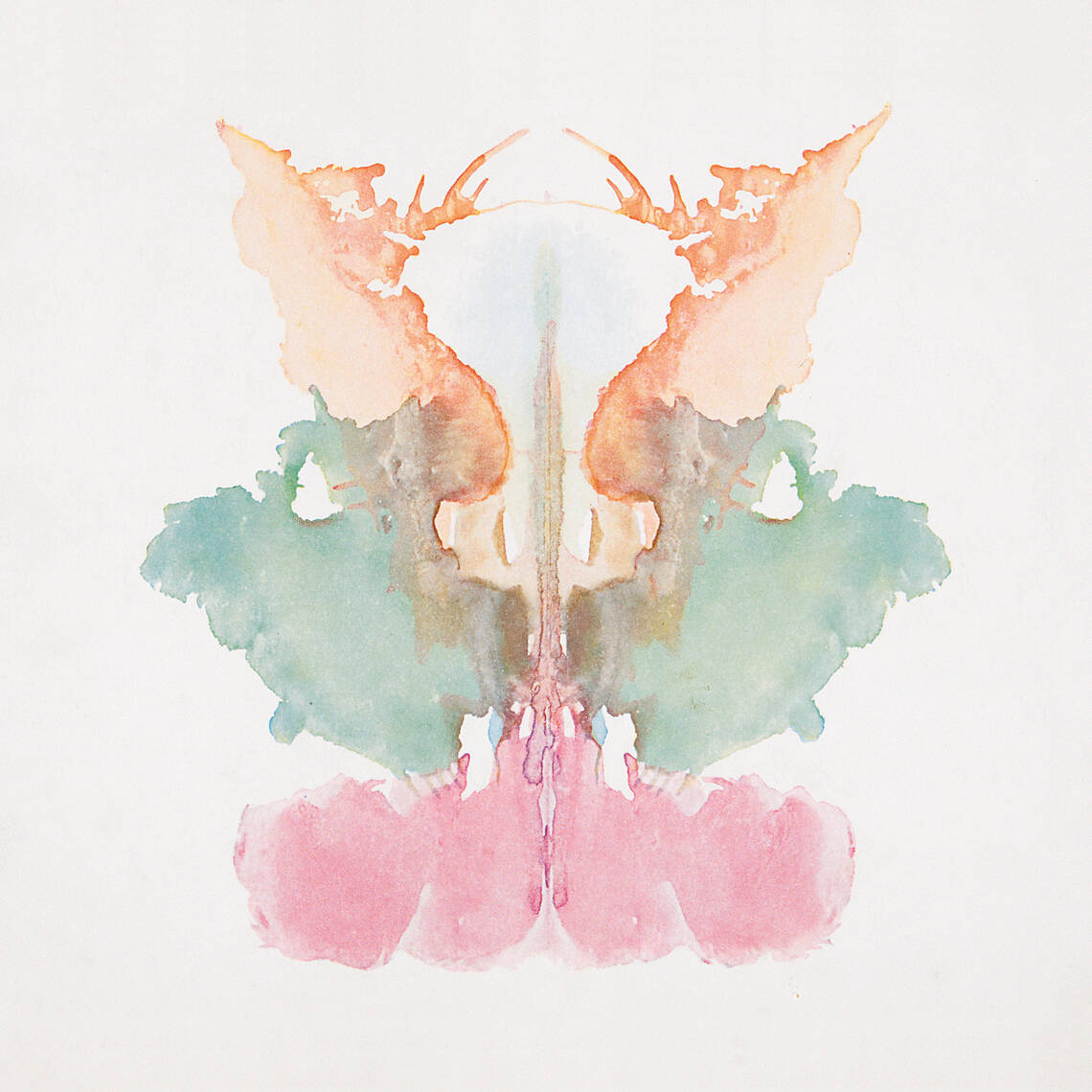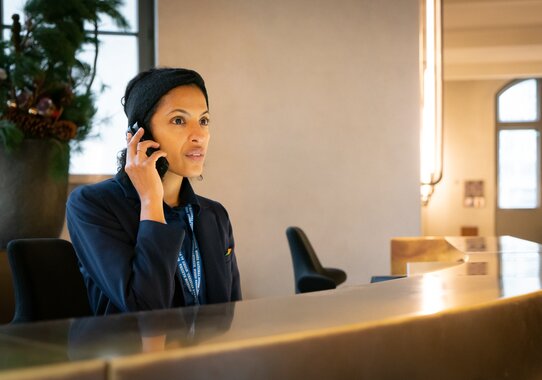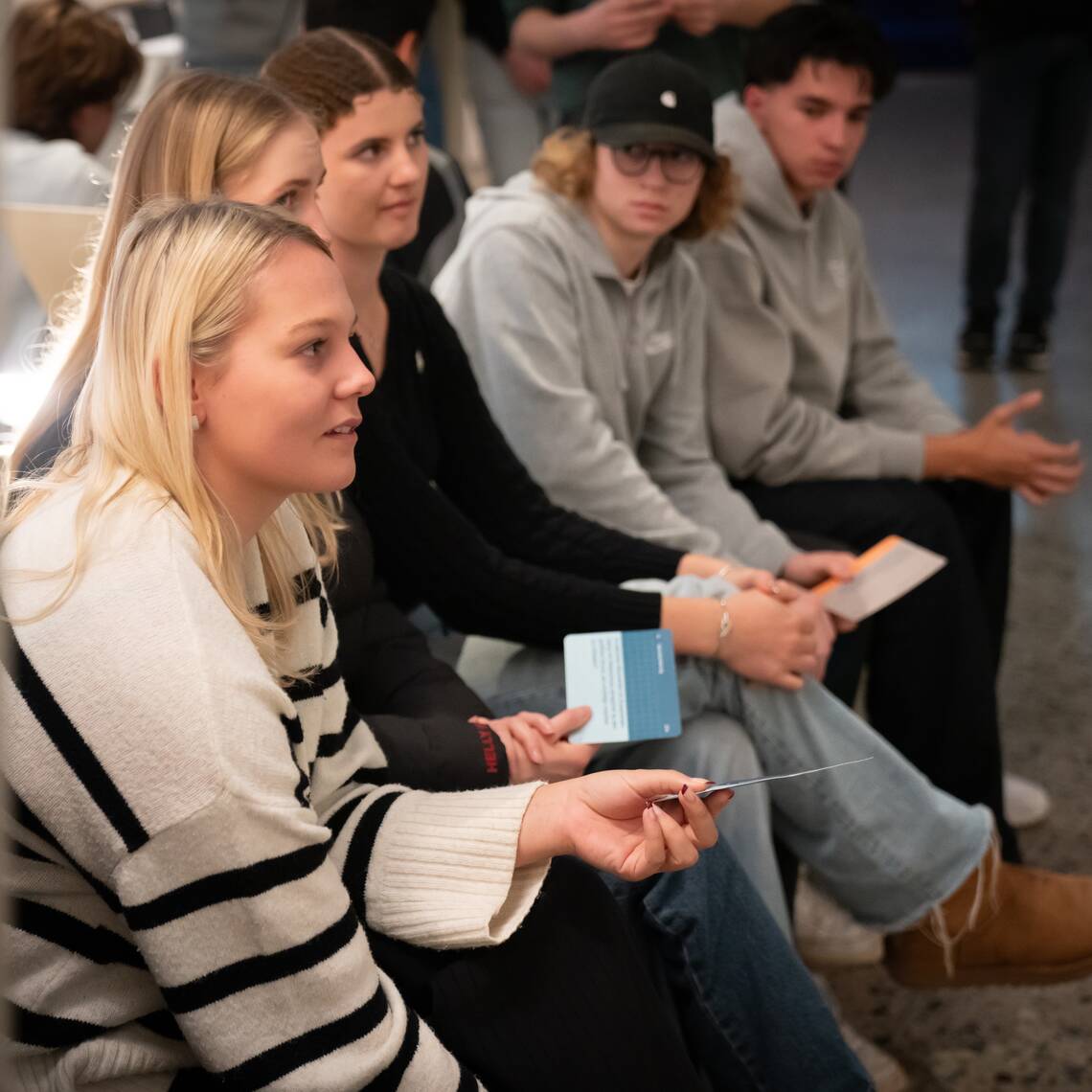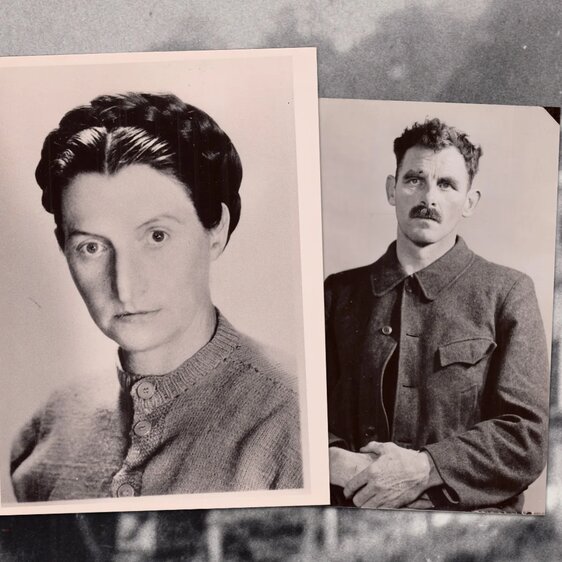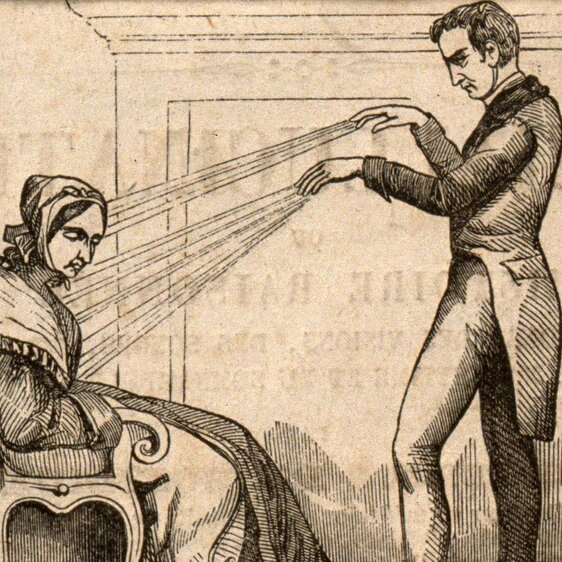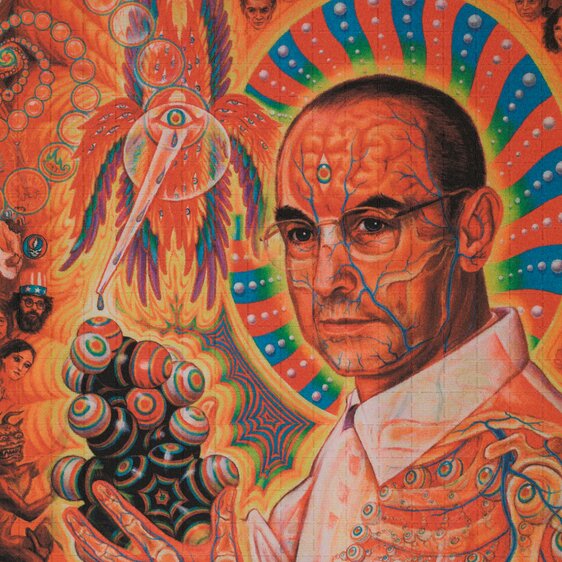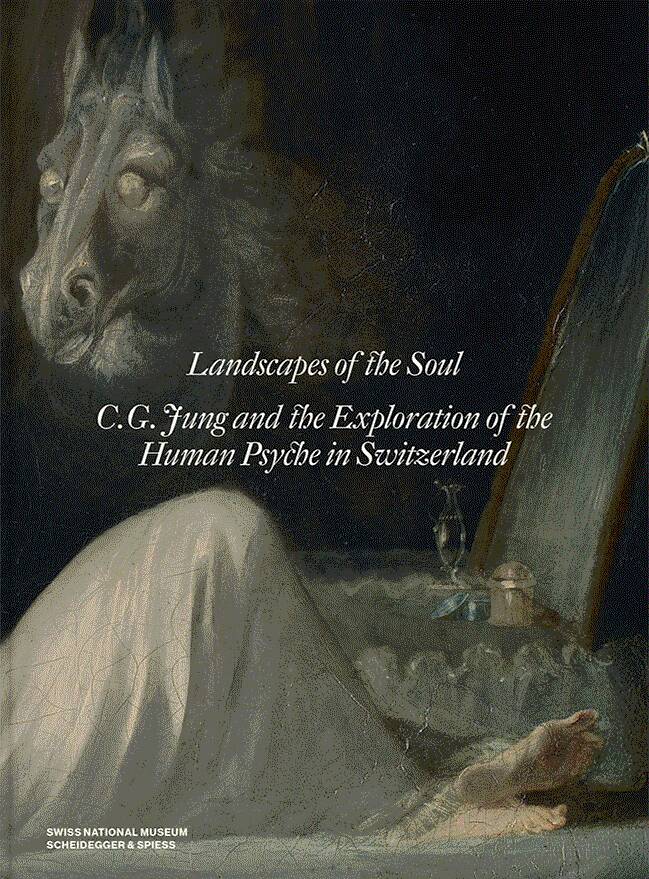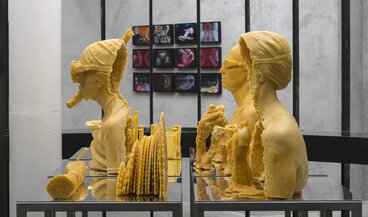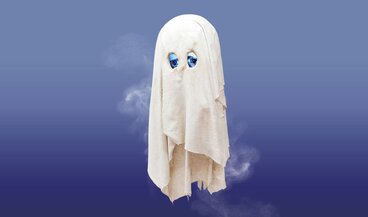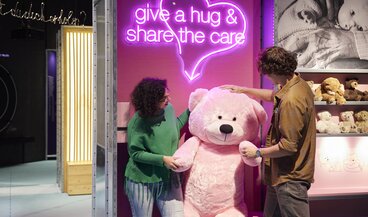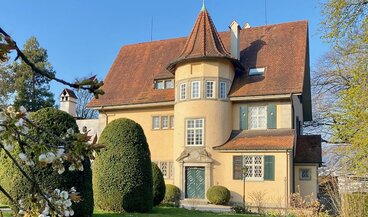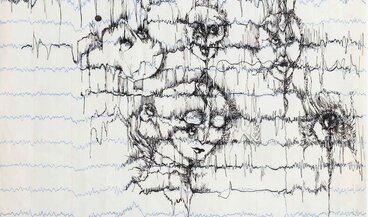National Museum Zurich
| 17.10.2025 - 15.2.2026
To coincide with the 150th birthday of Carl Gustav Jung, the exhibition shines a light on the history of psychology in Switzerland – with highlights such as Jung’s rarely-seen Red Book, works by artists from Johann Heinrich Füssli to Heidi Bucher, and a look at mental health in today’s world.
Switzerland has been home to a number of soul searchers over the years, such as Jean-Jacques Rousseau, Friedrich Nietzsche and Carl Gustav Jung. Developments in psychiatry, psychology and psychoanalysis have a close link to Switzerland, which is still in evidence today, for example the pioneering Rorschach test, Ludwig Binswanger’s Daseinsanalysis and Jung’s analytical psychology. To mark Jung’s 150th birthday, the National Museum Zurich is presenting its first comprehensive exhibition looking at the history of psychoanalysis in Switzerland – curated by author and philosopher Stefan Zweifel.
The exhibition invites visitors to embark on a journey through three major thematic areas: from J. J. Rousseau’s self-analysis and the early history of psychiatry to the rift between Sigmund Freud and Carl Gustav Jung and the significance of psychiatry in the present day. One of the central exhibits is the legendary Red Book in which C. G. Jung made his notes during an intense spell of self-reflection. The original copy of the work has rarely been exhibited to the public.
Visitors can also look forward to a panorama of art, literature and psychiatric history, featuring visionary works by Johann Heinrich Füssli, Emma Kunz, Rudolf Steiner, Meret Oppenheim and Thomas Hirschhorn, alongside critical works, such as Heidi Bucher’s installation ‘The consulting room of Doctor Binswanger’. Historical objects such as a straitjacket, manuscripts and early psychological test charts provide a broader view of the dark sides and positive aspects of psychology and the study of the human mind.
But the exhibition doesn’t only look to the past. The third part sees Switzerland as a psycho-geographic space and shifts the spotlight to the present. Interviews with experts from the fields of psychology and psychiatry shed light on how social trends influence our mental health. Young people share their perspectives on topics such as stress, social media and identity and discuss how they cope with the day-to-day challenges of modern life. The exhibition therefore builds a bridge between historical and contemporary ‘landscapes of the soul’.

